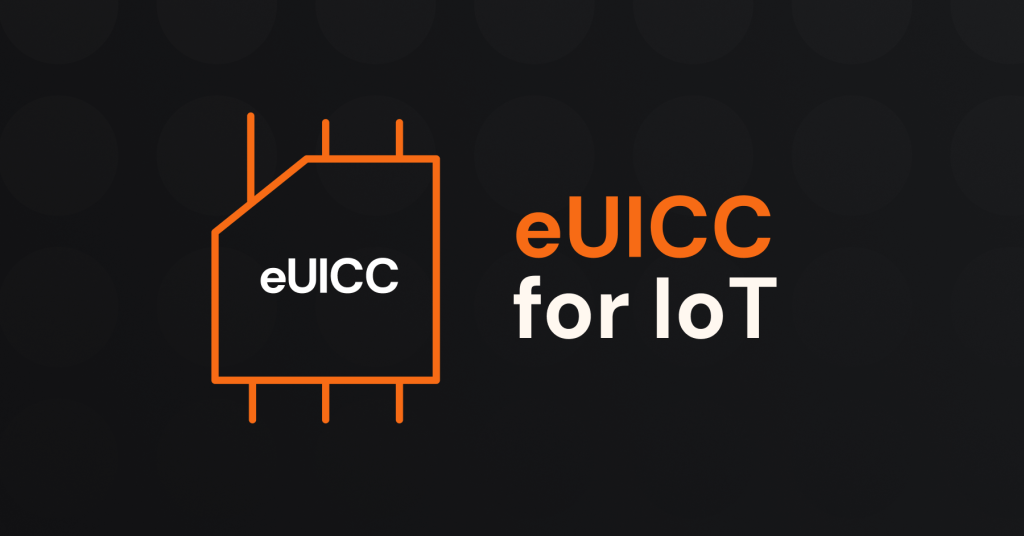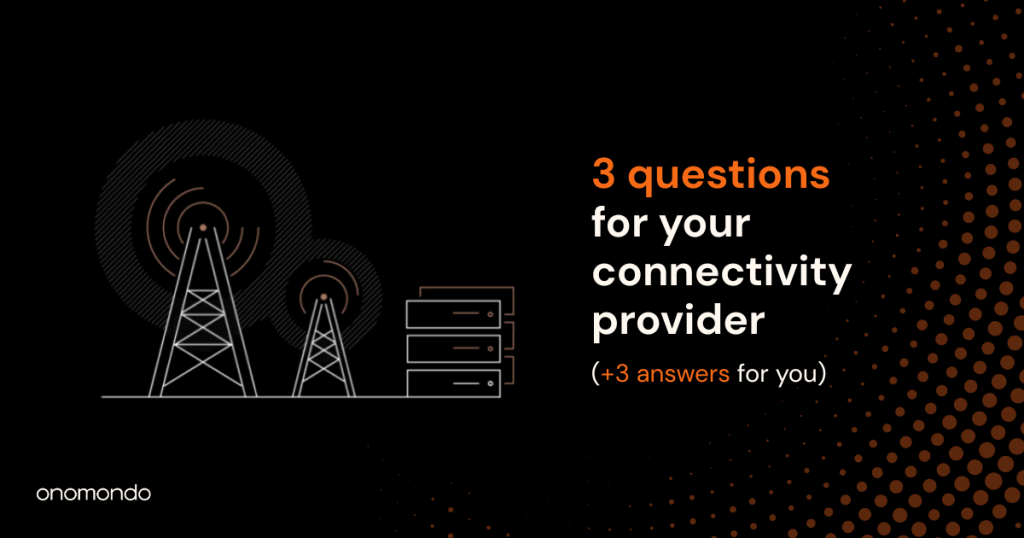IoT retail solutions improve customer service and inventory management and provide valuable data insights. These solutions benefit businesses and buyers alike, and more innovations are expected in the future. This article will discuss how IoT products and services for retail are changing the retail management industry.
How is IoT changing the retail industry?
There are many Internet of Things (IoT) applications in retail that can help improve business processes and make more money for the business.
Here are some examples of how IoT is giving customers a fuller and more unique shopping experience across retail.
Inventory Management
IoT technologies, such as RFID sensors and smart tags, are being used to track and manage inventory in real-time. This helps reduce human error and minimize waste, making sure that the right products are always in stock.
Sales Analysis
IoT devices can collect information about how customers act, what they like, and what they’ve bought in the past. This information can be used to improve sales and marketing strategies. This data can help retailers understand customer needs and tailor their offerings accordingly.
Loss Prevention
IoT cameras and sensors can monitor store activity to deter theft and fraud. This helps retailers ensure the safety of their products and customers, reducing losses and increasing profits.
Supply Chain Optimization
IoT sensors can track goods from production to delivery, ensuring products are delivered on time and in good condition. This helps retailers improve their supply chain efficiency, reducing costs and increasing customer satisfaction.
Understanding cellular connectivity and how to future-proof solutions is crucial for IoT success. Read our report to ensure the success of your cellular IoT solutions.
Store Automation
IoT devices can automate tasks such as lighting, temperature control, and energy management to reduce costs and improve store operations. This helps retailers streamline their operations, making them more efficient and cost-effective.
Managing and predicting in-store wait times
Tracking store traffic helps retailers manage capacity, recognize bottlenecks, optimize store layouts, cut wait times, and more. For instance, sensors can count the number of people in a queue, allowing a store to assess checkout line wait times and either alert customers or cut the busiest lines.
Predictive maintenance
IoT applications in retail management allow companies to monitor their entire infrastructure in real-time, ensuring that predictive maintenance is up-to-date and enabling more precise follow-ups to breakdowns.
By identifying the ideal moment to perform the appropriate maintenance, repairs can be made before downtime occurs.
Proximity sensors
By combining proximity sensors and IoT-enabled retail management, companies can offer content to shoppers when they are in very specific places. Reaching consumers at that moment personalizes the shopping experience and improves brand image.
Further personalisation can be achieved thanks toT-powered wearables, such as watches and clothing, which can be used to deliver targeted promotions and advertisements to customers in-store. This personalizes the shopping experience, making it more engaging and enjoyable for customers.
Retail IoT proximity sensors work in real-time, allowing real-time information about customers to be obtained and ensuring customers are contacted at the right time, right place, and right stage of their purchase journey.
Digital customer engagement
Adding customization and convenience to the checkout process is critical for retailers. The best way to achieve this is through IoT-enabled retail and the location technology that comes with it.
Digital customer engagement will help create smart retail spaces. For example, customers can use the store location to order out-of-stock products or use digital channels to order products in the store for home delivery. Taking this a step further, some retailers are attempting to implement in-store drive-through delivery.
Advantages and disadvantages of IoT in retail
While there are many benefits to implementing IoT in retail, there are also several potential drawbacks to consider. Let’s briefly list some of the advantages and disadvantages of IoT in retail.
Advantages of IoT in retail:
- Increased retail management efficiency through automation of processes.
- Improved customer experience through personalized recommendations and targeted promotions. According to IAB, 71% of customers prefer targeted ads based on their interests.
- By tracking inventory levels (asset tracking) in real time, companies can avoid out-of-stock issues and reduce waste.
- Increased sales through data-driven decision making and an improved understanding of customer behavior and needs.
Disadvantages of IoT in retail:
- High costs for implementation and maintenance, including the hiring and training of staff to use new IoT enabled technologies.
- Security and privacy concerns with large amounts of customer data being collected.
- Complexity of integrating new technologies into existing systems.
- Potential job losses due to automation.
Case studies of successful IoT implementations in retail
Amazon, the world leader in online retail, is also integrating IoT into retail management. One of the major problems that the company wanted to tackle was checkouts. At times, long or slow lines caused shoppers to lose patience and go to another store.
To make checkouts more efficient, Amazon launched an automated physical store called Amazon Go. The store uses IoT retail management and does not have checkouts. It works with the help of a camera system, artificial intelligence, and a mobile app that makes it easier for people to buy things. The devices can read the product labels as they are added to the cart and then complete the purchase through an application on a mobile device.
Legal and regulatory issues related to IoT in retail
When it comes to using IoT in retail, it is important to consider privacy, cybersecurity, and liability issues. Cybersecurity and privacy are the two distinct challenges lawmakers face when regulating IoT-enabled retail.
Let’s look at how these concerns are being addressed by regulatory frameworks.
Privacy and data protection
Since IoT-enabled retail involves collecting and using customer data, privacy and data protection are very important. Thanks to data privacy regulations, the mishandling of customer data can cause major problems for businesses. Regulations like the General Data Protection Regulation (GDPR) and the California Consumer Privacy Act (CCPA) ensure that organizations take proper measures to safeguard the data and be transparent about its usage.
Security and cybersecurity
Security and cybersecurity risks will increase with IoT in retail as more data becomes vulnerable to hacking and data breaches.
In the United States, the laws and regulations related to IoT technologies are governed by the IoT Cybersecurity Improvement Act of 2020, signed by President Trump on December 4, 2020. This Act gives the National Institute of Standards and Technology authority to monitor the cybersecurity risks and threats that may be present in the IoT devices used by the federal government. In the EU, such laws related to IoT infrastructure are governed by the NIS Directive.
Standards and interoperability
With more and more retail businesses adopting IoT-enabled retail, regulatory bodies are developing and enforcing standards to use IoT technology effectively.
For example, ISO/IEC 21823-1:2019 is a framework for the development of interoperable IoT systems. It provides a model for IoT development processes and covers topics such as requirements engineering, design, coding, testing, and maintenance. The standard aims to improve the quality and efficiency of software development by providing a common framework for organizations to follow.
Impact on competition and innovation
The use of IoT technology in retail may impact competition and innovation in the industry. By providing an interesting and enhanced shopping experience to customers, IoT applications in retail can give you a significant competitive advantage.
According to a study, Competition Law may not be sufficient to address the problems related to competition and innovation. Consequently, The European Commission is playing a major role in ensuring a fair and competitive economy on the way to a digital transformation.
International considerations
National differences in regulations may impact the global use of IoT in the retail industry, as some countries do not even have associated regulatory laws. Therefore, regulatory authorities must focus more on international standardization efforts.
Standardizing IoT may open many new opportunities for the retail industry by ensuring interoperable and cost-effective solutions.
Conclusion
IoT in retail management has completely changed how brands interact with customers. It has given customers new and personalized ways to shop and made retailers more efficient overall.
Onomondo is here to help product developers test, deploy, and operate global retail IoT solutions and help retail chains gain access to the best possible cellular IoT connectivity for their devices.
Get in touch with our experts if you would like to find out more about how Onomondo can help your retail IoT solutions.






